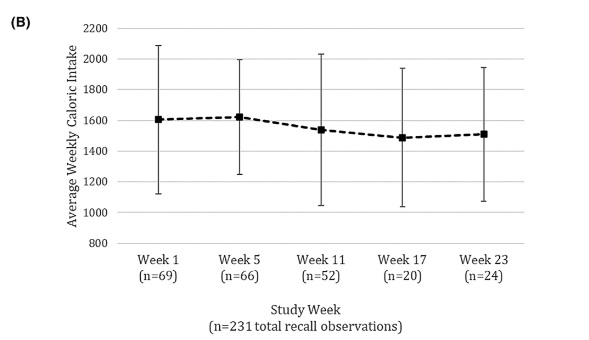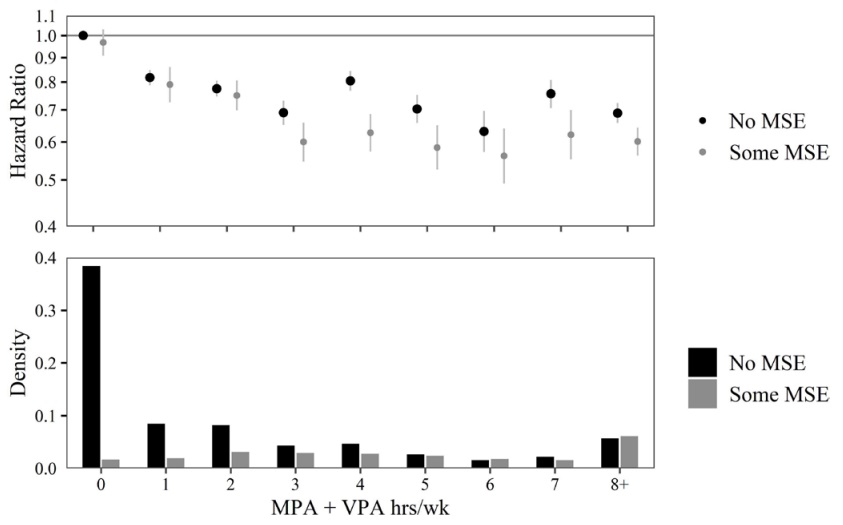
In this one, coffee was inversely associated with chronic kideny disease in a dose-dependent manner, particularly in females with the effect being stronger in those with higher SHBG and lower testosterone concentrations.
- Among more than 350,000 participants in the UK Biobank, coffee consumption reduced the risk of CKD regardless of genetic risk.
- The effect was sex-specific, and was modified by testosterone and SHBG.
Only females were found to benefit from coffee drinking, with the effect being more robust in those with higher SHBG and lower testosterone concentrations.
- For males, only a small fraction of heavy habitual coffee drinkers with the highest SHBG presented with a tendency of risk reduction in CKD.
"Thus, we hypothesize, one possible explanation underlying the sex-specific reno-protective effect of coffee may be that daily coffee intake, as an isolated aspect of a person's lifestyle...
"...is insufficient to adequately overcome the CKD susceptibility brought about by the naturally high-testosterone and low-SHBG concentrations in males."
Sex-specific association between coffee consumption and incident chronic kidney disease: a population-based analysis of 359,906 participants from the UK Biobank (open access)
doi.org/10.1097/CM9.00…
#coffee #caffeine #CKD #hormones
doi.org/10.1097/CM9.00…
#coffee #caffeine #CKD #hormones
• • •
Missing some Tweet in this thread? You can try to
force a refresh










